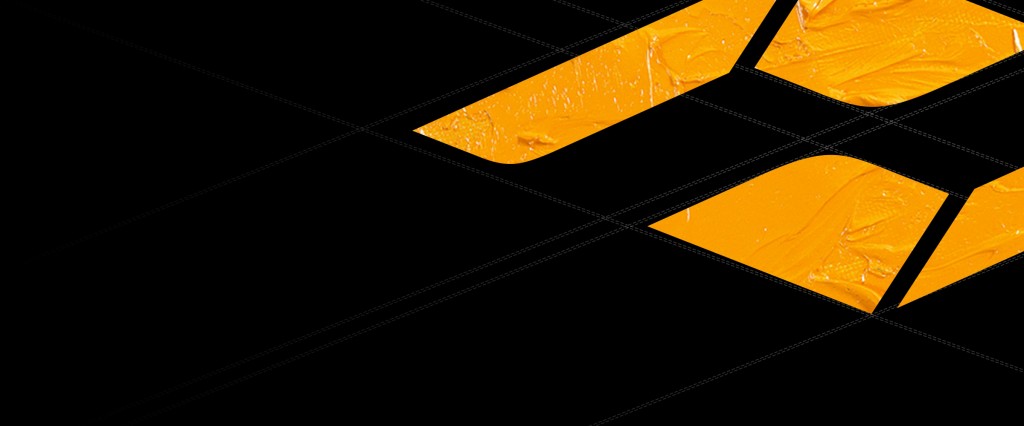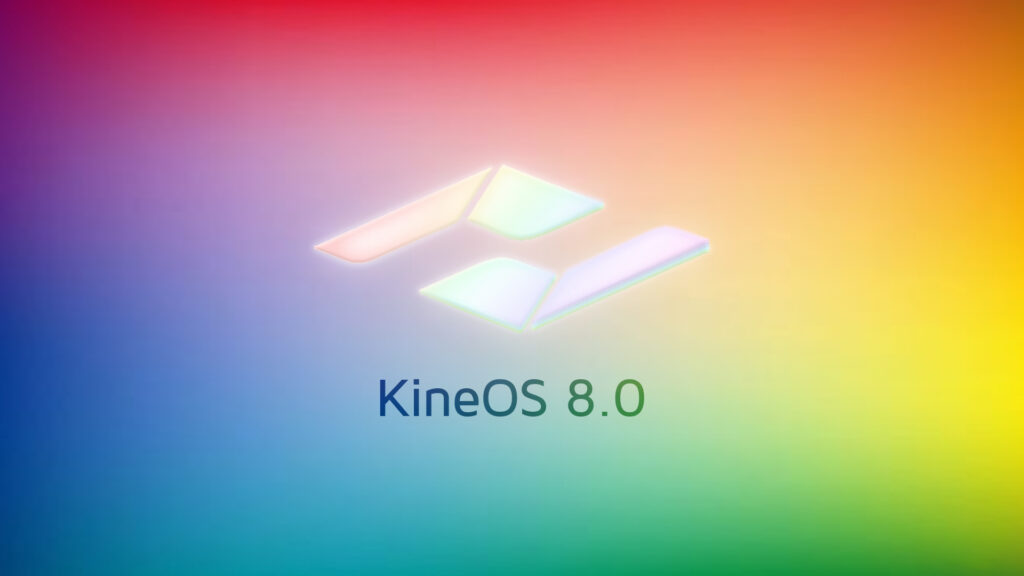No products in the cart.
Firmware
KineOS 8.0
The KineOS 8.0 firmware update introduces lossless, uncompressed RAW in 4K full-frame, achieving pristine data quality and infinite flexibility for post-production through standardized metadata workflows. This update also adds wide color gamut BT.2020 support for ProRes encoding, enhancing the color science and standardization in post-production workflows. Additionally, KineOS 8.0 features a more intuitive and modernized user interface, greatly improving the overall user experience.
The update includes several functional enhancements and bug fixes, significantly boosting usability and device stability.
1. Uncompressed RAW
The new lossless uncompressed RAW (DNG format) supports 4K full-frame RAW at all frame rates, providing uncompromised data quality and flexibility in post-production. The 4K full-frame RAW feature processes 8K/6K full-frame data down to 4K, reducing storage load while maintaining field of view and frame rate.
1) DNG Format and Metadata: RAW files in DNG format now contain extensive metadata, including shutter speed, ISO, color matrix, and color curve.
2) Post-production Compatibility: DaVinci Resolve fully supports the DNG format, enabling a streamlined post-production workflow with embedded metadata and color space standards.
3) Up to 4K 120P Processing: The Edge camera platform’s powerful processing capabilities support up to 4K 120P lossless uncompressed RAW.
4) High-Bandwidth Storage Channel: The KineMAG Nano 1TB/2TB cards, comprising an NVMe-based M.2 2280 SSD, achieve read/write speeds up to 10Gbps, offering greater flexibility for high-resolution, high-frame-rate encoding compared to traditional SATA SSDs.
*Note: Third-party SSDs other than KineMAG Nano 1TB/2TB may lack sufficient storage capability.
2. BT.2020 Color Gamut
KineOS 8.0 supports the wide BT.2020 color gamut, ensuring better color matching across different Kinefinity camera models and more accurate color reproduction.
1) Two Color Gamut Options: Under ProRes encoding, Kinefinity’s native wide color gamut is now joined by the standard BT.2020, making post-production more standardized and efficient.
2) BT.2020 Gamut: When using the BT.2020 standard, the camera supports oversampled standard 4K resolution recording while maintaining the same field of view. The BT.2020 color gamut is ideal for UHD and HDR video production, enabling more professional and flexible post-production workflows suitable for video and film production.
Note: Recording frame rates may vary under the BT.2020 color gamut.
3. Modernized UI Design
KineOS 8.0 introduces customizable buttons, enhanced notifications, and a consistent, modern user interface design to further improve user experience.
1) Dialog Appearance Enhancements
– Icon-based Notifications: The newly designed notification windows feature distinct colored icons (green, yellow, red) to convey operations and warnings.
– Unified Fonts and Sizes: Three types of fonts and sizes for titles, lists, and notifications have been standardized, ensuring consistency across UI elements.
– Dialog Background Design: Updated modern rounded corners and borders distinguish between different types of settings, such as viewfinder parameters and playback settings.
2) Customizable Buttons
– 3x User Buttons with 2x Trigger Modes: Three user buttons (Button 1, Button 2, and the middle wheel button on the left side of the camera) support both short-press and long-press actions, offering a total of five customizable user buttons.
– Extensive Customizable Options: Up to 10 functions are available for customization, offering greater creative flexibility.
3. New Dialog Designs
– Notification Dialog: Information notifications are more intuitive and logically clear, while progress timing notifications for firmware updates, auto-power-off, and playback switching provide better clarity.
– Optimized Setting and Confirmation Dialog: In addition to notification windows, the camera’s parameter setting windows and confirmation windows have been visually upgraded to align with the new UI design.
4. Additional Function Optimizations
1) Improved High-Frame-Rate Color Handling: High-frame-rate color processing has been significantly optimized, ensuring more accurate and consistent color reproduction across different frame rates.
2) KineMAG Nano 2TB Stability: Recording stability with the KineMAG Nano 2TB SSD has been improved.
3. Edge 8K Monitoring: Optimized for smoother monitoring under certain conditions on the MAVO Edge 8K.
5. Bug Fixes
- Improved SDI playback stability, preventing a screen glitch on the first frame in specific scenarios.
- Enhanced overall playback stability to avoid timecode freezing during long playback sessions in certain situations.
- Corrected an issue where recording at 0.2fps caused an extended stop time.
- Fixed an issue where dark-field calibration couldn’t be performed under certain conditions.
- Resolved an issue where the focus point wasn’t displayed on PL lenses in some situations.
- Fixed zebra patterns not displaying in certain scenarios.
- Corrected an issue where the camera could recognize a USB drive but failed to read LUT files from it.
- Fixed a thumbnail display error during magnified recording in certain cases.
- Resolved a card recognition issue after formatting in some instances.
- Corrected a green tint issue in ProRes preview mode when enlarging certain footage.
- Improved hot-swapping stability of memory cards, preventing recording errors after card removal in specific conditions.
- Optimized display handling for anamorphic lenses.
MAVO Edge 8K
MAVO Edge 6K
MAVO mark2
Learn more workflow
KineOS 8.0 Firmware Upgrade Instructions
1. Firmware 8.0 Upgrade Process
1) First Time Upgrade: Upgrade from the original firmware version to firmware KineOS 8.0(8028), then restart upon successful upgrade;
2) Second Time Upgrade: Upgrade from firmware KineOS 8.0(8028) to firmware KineOS 8.0(8028) again;
3) Black Balancing: After two times successful firmware upgrades, enter calibration mode to complete Black Balancing.
*Please be sure to use KineOS 8.0 for the secondary upgrade, as some features may be affected if not upgraded.
2. Firmware Upgrade Steps
Download the firmware to the root directory of a FAT/FAT32 USB drive(it is recommended to use the provided USB drive). Insert it into the camera’s USB port, go to [Menu --> System --> Upgrade Firmware], and wait approximately 30 minutes to complete the upgrade.
After completion, the firmware version number will be visible at the bottom of the menu.
3. Black Balancing Steps
1) Enter Calibration Mode: Turn off the camera. While holding the [MENU] button, press the power button to turn the camera on. After 3 seconds, release the MENU button to enter calibration mode;
2) Black Balancing: In calibration mode, use the lens cap or mount cover to ensure the image is completely black. Then, navigate to [MENU → Calibration → Black Balancing], select “Black Balancing,” and the process will take approximately 5 minutes to complete.
3) Restore Factory Settings: Go to [MENU → System → System Settings → Restore Factory Settings], and then restart the camera to complete the reset.
*Notice
- Confirm Current Firmware Version: Before upgrading to KineOS 8.0, please note your current firmware version. If the firmware version is earlier than KineOS 7.0(7029), you will need to upgrade to intermediate firmware KineOS 7.0(7029) first, then restart the device. Once the upgrade is successful and the system has rebooted, proceed with upgrading to KineOS 8.0. (For detailed upgrade steps, please contact Kine official customer service to avoid failure, which may lead to the device being bricked.)
- Remove Unnecessary Accessories and Maintain Power Supply: When upgrading the camera, be sure to remove any adapters and lenses, as well as other unnecessary accessories. Firmware upgrades typically take about 30 minutes, and during the process, the device must not lose power. It is recommended to use an AC adapter or a fully charged V-mount battery for power supply. If the camera loses power during the upgrade, you will need to restart the firmware upgrade.
- If you encounter any issues during the upgrade, please contact official customer service for timely technical support.


